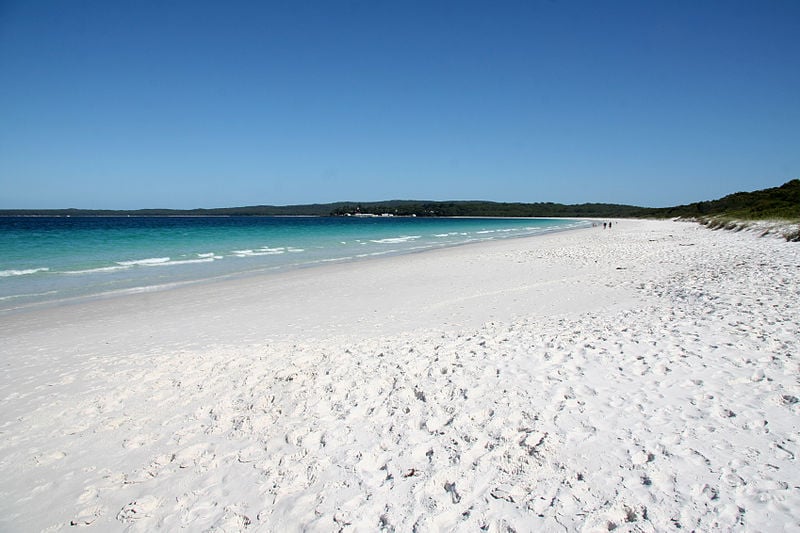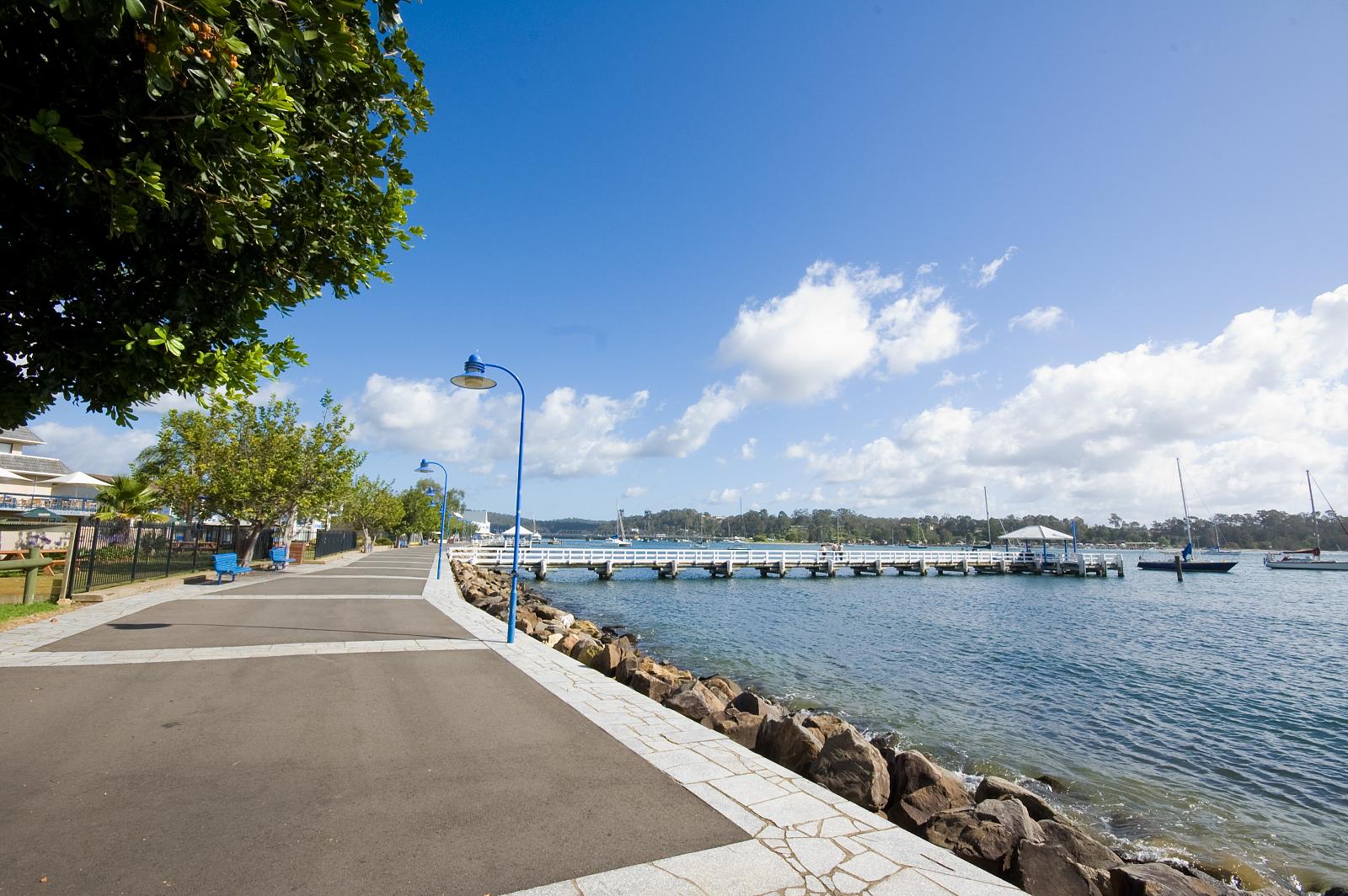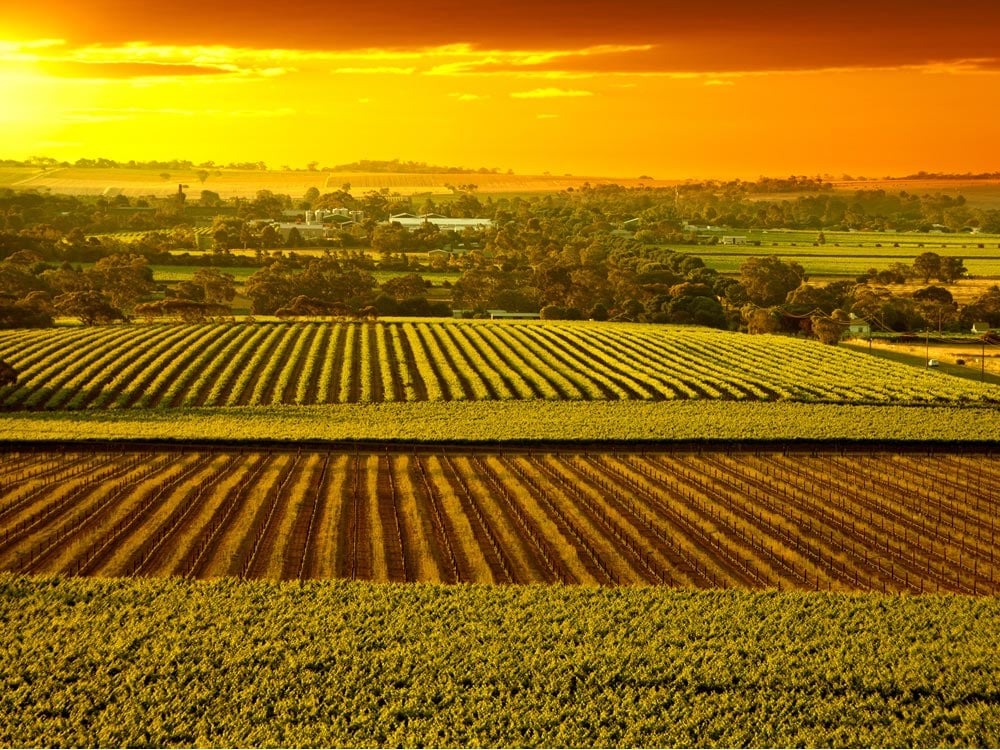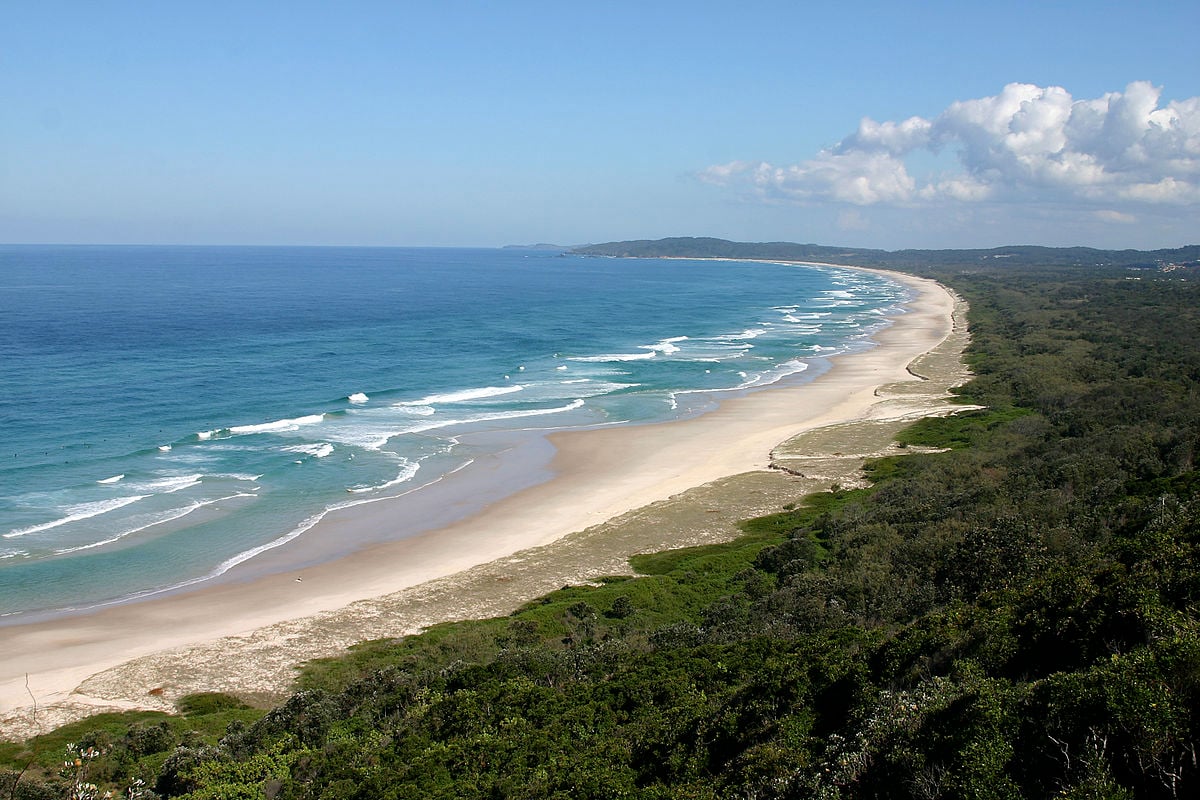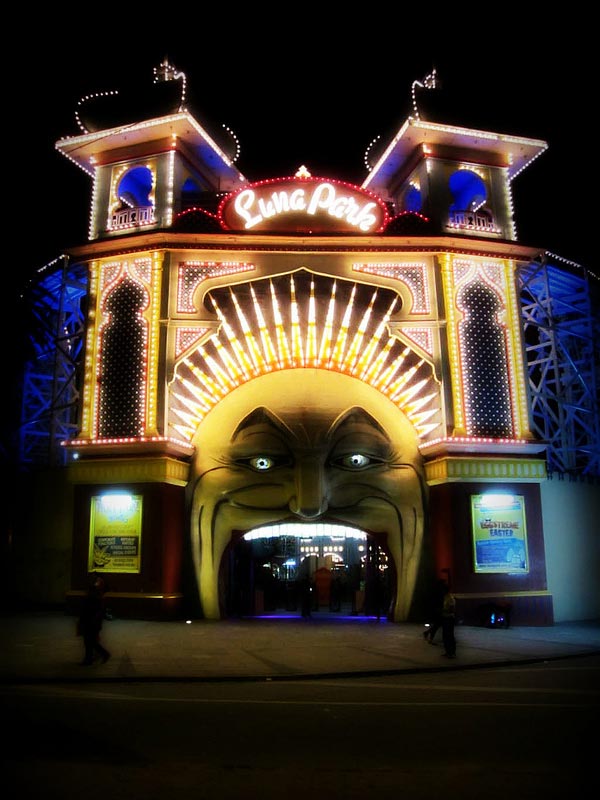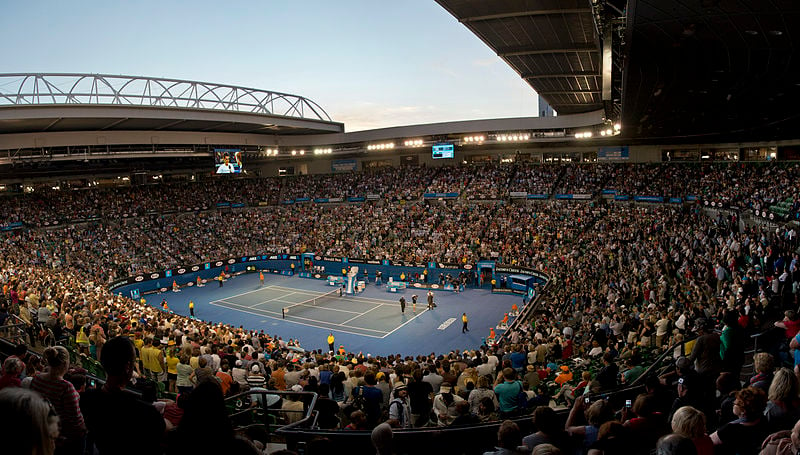Jervis Bay is a scenic ocean bay in the southeastern part of New South Wales, on the southern coast of Australia. A few hours away from Sydney, Jervis Bay is an ideal weekend getaway for both local and foreign tourists. Jervis Bay is renowned for its white sand beaches and whale sightings. Surrounding the pristine beaches are bushy forests and aboriginal settlements, which are as fascinating as the coastal stretches.
Activities and Attractions at Jervis Bay
Jervis Bay offers a wide range of attractions from coastal areas to those in the inner locales. The onus for protecting the natural and cultural heritage of Jervis Bay lies on both the residents and the government.
- Jervis Bay Marine Park: Promotes the conservation of a variety of plant and animal species, both on land and in the sea. The 21,100-hectare marine park includes several beaches and riverfronts in the Bay area. It promotes conservation of flora and fauna both on land and in the sea.
- White Sands Walk: The stretch between Greenfield and Hymans Beach is a wonderful way to witness the beauty of the Jervis Bay beaches.
- Lady Denman Heritage Museum: The Lady Denman Heritage Museum is the best place to learn about the history of Jervis Bay. It is situated inside a complex spread across 10 hectares and has exhibits of the Koori tribe, shipbuilding, shipwrecks and those collected from the wreckage, lighthouses and navigational instruments.
- Hymans Beach: Hymans Beach is considered to have the whitest of all the sands in the world (according to the Guinness Book of World Records). The sea in the area is known for several sightings of pregnant whales and dolphins. It is also known for its coral reefs south of the Great Barrier Reef.
- Callala Bay and Beach: North of Jervis Bay has some of the best surf turfs. Callala Bay in the north is renowned for its sailing, surfing, and paddleboarding attractions. The Callala Bay Triathlon in December is a major sporting event in the country.Other beaches in Jervis Bay include Murrays, Culburra, and Green Patch. A fascinating, and probably the most intoxicating of all experiences, is witnessing the Jervis Bay glowing water. If during the day the Pacific Ocean shimmers, the bioluminescent plankton near the coast illuminate the sea at night. In the darkness of the night, the shoreline brightens up like someone has turned on an invisible switch.. It is no wonder that the government supports the preservation of these marine creatures along with many others, like weedy seadragon, fur seal, bottlenose dolphin, and the grey nurse shark.
- Booderee National Park: Earlier known as the Jervis Bay National Park, Booderee is renowned for conserving the beauteous landscape, wildlife, as well as the natives. Located in the southern part of Jervis Bay, the 6,379 hectares of the Booderee National Park encompass both coastal and hinterland areas. It is owned by the Wreck Bay Aboriginal Community. The park has long been home to the Koori aboriginal tribe. A holiday program organized by the administration allows tourists to meet the tribesmen, learn about their foods, art, history, and lives. Along with their fascinating ancient culture, one can learn a lot about medicinal herbs growing in the wilderness.
- Cape St. George Lighthouse:Located within the Booderee National Park, the old lighthouse at the cape, which is now in ruins, has a perfect vantage point to see dolphins and whales. These marine mammals migrate through the surroundings waters from May to November.
Among the other attractions at Booderee National Park, picnic areas in Red Point, Greenfield Beach and Hammerhead Point are sought-after places for a family vacation. Walking tracks at Hare Point, Hyams Beach and Scribbly Gum are best for enjoying the natural beauty of the park. Coonemia Creek has good facilities for boating, fishing, and bird watching.
Accommodations in Jervis Bay
Jervis Bay has a variety of accommodation options, from private cottages and beach houses to caravan parks and backpacker hostels. Camping in the caravan or tourist park is a delightful way to spend a vacation in this part of the country. The Jervis Bay Caravan Park is an ideal camping park in the Bay, right beside the waterway. Its well-kept cabins, camps, boat ramp, and floating jetty provide the blissful experience of privacy and safe adventure. A night stay in a tent costs between $22 and $50. Cave Beach, Yalwal and Beach Haven are some of the other tourist parks in Jervis Bay.
Jervis Bay Map
Facts about Jervis Bay
The secluded and unspoilt beauty of Jervis Bay has all that one needs for an idyllic vacation. It is in fact a well kept secret of those who frequent the area.
- The Jervis Bay Territory is 7,456 hectares, most of which is protected either privately or by the government.
- Jervis Bay was infamous for trapping ships. The Wreck Bay coast got its name from the wrecked ships that floated ashore.
- The Jervis Bay Marine Park is home to about 230 marine plant species, which include seagrass that helps to keep the water crystal clear in the Bay.
- ‘Booderee’ is a word taken from the Dhurga language, spoken by the Koori aborigines, which roughly means “plenty of fish”.
- Whales sighted in the Jervis Bay include the blue whale, false killer whale, orca, humpback whale, southern right whale, and minke whale.
- The Jervis Bay Marine Park was established by the NSW Government in 1998.
Where is Jervis Bay?
Jervis Bay is well-connected to important cities like Sydney and Canberra. Sydney is just about 2 and half hours drive away from Huskisson, the largest town in Jervis Bay.
Reach by Air: The Kingsford Smith Airport in Sydney is easily accessible from any part of the world. There are a number of car and bike rental companies adjoining the airport. Hire one and embark through the picturesque roads to Jervis Bay. The distance is about 86 miles.
Reach by Train: The Martin Place Station in Sydney has regular trains to Huskisson, Vincentia and other towns in Jervis Bay. The journey is about five to six hours long. To reduce the journey time budget travelers usually take the train to Bomaderry and then a bus to Huskisson. It takes about four hours and fifteen minutes.
Getting around Jervis Bay: Important towns and villages in Jervis Bay are connected by public buses. Hired cars and bikes are another convenient way to get around the area.
Best time to visit Jervis Bay
Jervis Bay has cold winters (June to November) and hot summers (December to May). Owing to the proximity to the ocean the weather is milder in the coastal areas, as cool winds blow during the summer and vice versa in the winters. Recorded temperature ranges between 41º F in the winters and 108º F during summers. Rainfall occurs all round the year; however, the months from January to June are wetter.
The months of May to November are preferred for sighting migrating whales and dolphins. Winter has lesser crowds. The best months to visit Jervis Bay are from December to March and from July to October.
Nearby attractions from Jervis Bay:
Kangaroo Valley, Batemans Bay, Sydney, and Bowen Island.
Travel Tips
Tips for anyone visiting Jervis Bay:
- Huskisson is the best town to base your stay while traveling in this area, due to the abundance of tour companies and accommodation options in and around the town. Beaches are also easily accessible from the town.
- Mornings are the best time to go outdoors. If romance is in the air, take a stroll along the shore at night while witnessing the wondrous glowing waters.
- If time is a factor while visiting Jervis Bay, book a cruise and enjoy the beauty of the bay and its marine life.
- If a long vacation is on the cards, rent a beach house or camp near the coast and experience life by the sea.
- A number of the marine activities like snorkeling and fishing require permission from the managing authorities. Hence, it is best to contact a registered agency for such activities.
- Sanctuary zones like Hammer Head Point, Blacks Cave Creek, and from Point Perpendicular to Crocodile Head have several restrictions. Make sure to go through the Marine Parks website of NSW for the list of permitted activities and regulations.
Related: Political Map Of Australia | Facts about Australia
Image credits : Dave Naithani
